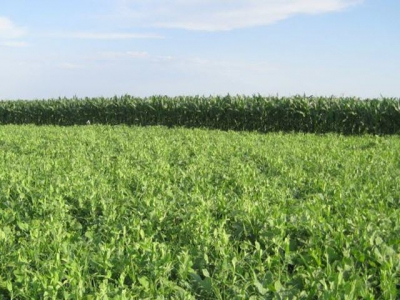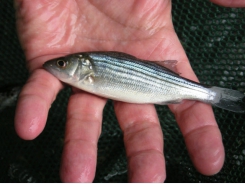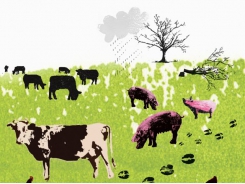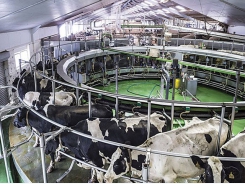Soil health importance highlighted in House hearing

Collaboration and continued research vital to helping educate on importance of preserving soils.
A cover crop mixture that includes oat, proso millet, canola, sunflower, dry pea, soybean and pasja turnip.
Soil health practices such as cover crops, crop rotations and no-till or reduced tillage have the potential to provide financial benefits to farmers by reducing input costs, increasing yields and ensuring the productivity of cropland over the long term, as witnesses outlined during a hearing by the House agriculture subcommittee on conservation and forestry on the importance of soil health.
These same soil health practices can also provide environmental benefits, because healthy soil filters water, reduces runoff and sequesters carbon.
Soil Health Partnership (SHP) executive director Dr. Shefali Mehta testified in support of investment in soil health practices.
SHP, a program of the National Corn Growers Assn., is a farmer-led effort that has built a network of more than 220 farmers in 15 states and more than 100 partner organizations at the federal, state and county levels over the past five years.
“Our partner farmers work with us over five years to measure the impacts of the practice change. We measure basic soil macro- and micronutrients every year on the field, as well as soil health indicators every other year. Through this process, we are creating an in-depth data set from which to support farmers’ decisions and to understand the long-term changes in soil health over time. We look for impacts on yield, input use and the farmer’s profitability,” Mehta explained.
Mehta concluded by highlighting the need to work collaboratively, stating, “Collaborations are key to successful outcomes in this arena; no one group can go it alone. Through strong outcome-based collaborations like ours, we have seen greater awareness and adoption of soil health practices. With stronger data and input across our diverse growing regions, we are learning more about the economic impacts to farmers and ways to improve adoption by mitigating risks and improving the bottom line.”
National Association of Conservation Districts (NACD) secretary-treasurer Ian Cunningham testified about the importance of addressing soil health. Cunningham owns and operates a fifth-generation family farm with his son in southwest Minnesota, producing corn, soybeans and beef cattle.
“Soil health is a top priority across our 800-acre operation,” Cunningham said in written testimony to the subcommittee. “We have come to realize that healthy soil is the key to addressing many natural resource concerns. It is clear that healthy soil is the bedrock and should be the priority of our conservation efforts.”
In his testimony, Cunningham emphasized the role of conservation districts in leading the nation’s producers to implement soil health conservation practices.
“For a more successful uptake of soil health practices, producers need to be informed of the latest data and research, and this must come from a trusted local source,” he said.
Cunningham described NACD’s soil health economics case studies, soil health and weather extremes report, Soil Health Champions Network and the work both local conservation districts and the national association accomplish to build soil health from the roots up.
“If we are to continue to grow the food, fuel and fiber our nation and the world will need in the future, agriculture must continue to innovate and grow more with less while making sure our natural resources are protected for future generations,” he said.
Related news
Tools

Phối trộn thức ăn chăn nuôi

Pha dung dịch thủy canh

Định mức cho tôm ăn

Phối trộn phân bón NPK

Xác định tỷ lệ tôm sống

Chuyển đổi đơn vị phân bón

Xác định công suất sục khí

Chuyển đổi đơn vị tôm

Tính diện tích nhà kính

Tính thể tích ao




 How RAS farming can alleviate environmental pressure in…
How RAS farming can alleviate environmental pressure in…  Advances in ruminant environmental impact reductions
Advances in ruminant environmental impact reductions